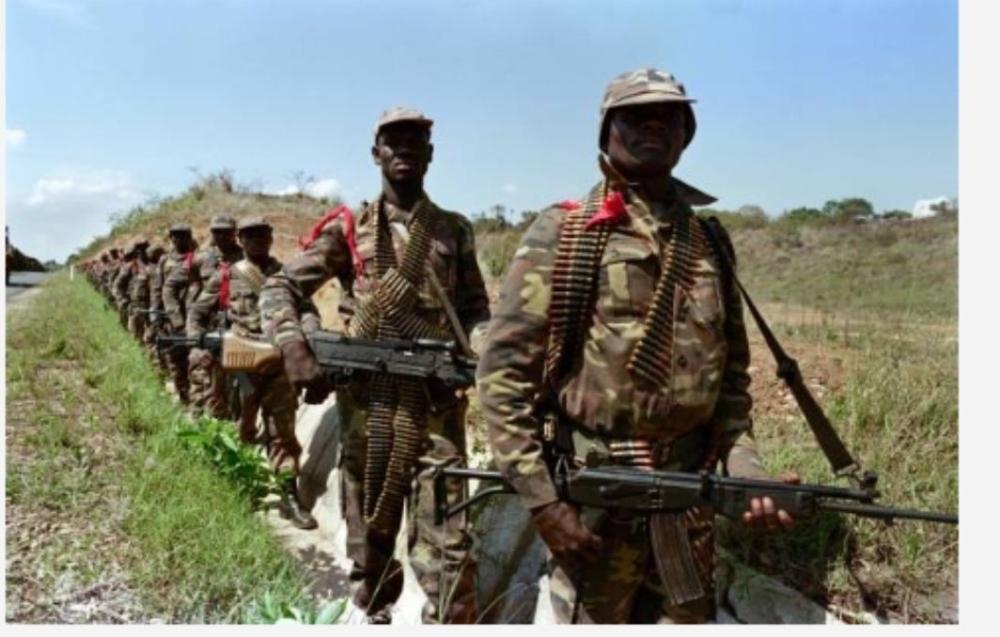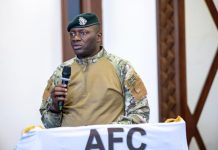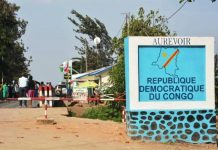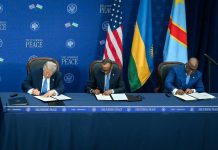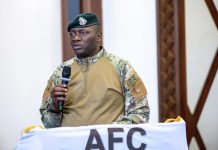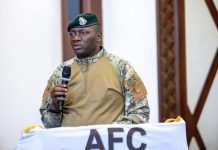Noël Kambanda
Africa-Press – Rwanda. Thirty-five years may seem like a long time for someone, but in the history of a country or a region, it is a short period. What is happening today in the Democratic Republic of the Congo with the AFC/M23 rebellion very closely resembles what occurred in Rwanda during the 1990-1994 RPF liberation war against Juvénal Habyarimana’s genocidal regime.
On October 1, 1990, Rwandan refugees who had spent 30 years in exile decided to return to their homeland by force. Just five days later, on October 5, Zaire’s president, Mobutu Sese Seko, sent 1,500 elite soldiers led by Maj. Gen. Donatien Mahele to help Habyarimana fight the Rwandan Patriotic Front (RPF). The Zairean troops were deployed in Kigali and on the Mutara region battlefield. However, as Dr. John Burton Kegel writes in his book The Struggle for Liberation: A History of the Rwandan Civil War (1990–1994), communication between the Zairean and Rwandan armies was poor, and the Zairean soldiers quickly ran out of ammunition.
Zairean soldiers after looting electronic materials.
Mobutu’s intervention failed, and his troops committed serious crimes, including looting and rape. Habyarimana himself was robbed by the same soldiers he had invited to assist him. Angry and embarrassed, he expelled them from Rwanda after 10 days.
Today, history seems to be repeating itself in DR Congo where President Félix Tshisekedi called in foreign forces—including Western mercenaries—to fight AFC/M23 rebels. The latter are Congolese citizens, but Kinshasa alleges that they are Rwandans. This mirrors how RPF was once labelled “Ugandans.” The irony is that the same people, or their allies, are still involved since former officers of the Rwandan genocidal regime who fled to the then Zaire after committing the 1994 Genocide against the Tutsi are now fighting alongside Congolese troops against AFC/M23.
One of the Zairean officers who fought against the RPF in Rwanda, Col. Prosper Nyabyolwa later became a general in the Congolese army and was known for his hostility toward Congolese Tutsi officers. Nyabyolwa was the second in command of the Zairean troops sent by Mobutu to support Habyarimana in 1990.
At one point, Tshisekedi admitted before regional leaders that AFC/M23 members are indeed Congolese. Kenya’s President William Ruto confirmed this publicly, saying: “So, if these are Congolese, how does it become a Rwanda problem?” But Tshisekedi later contradicted himself. Attending the Global Gateway Forum in Brussels, he told Congolese citizens in Belgium that he would not negotiate with those “of doubtful nationality,” referring to the Congolese Tutsi.
This mirrors the language once used by Habyarimana, whose regime demonized the RPF—branding them “blood suckers,” “enemies of the nation,” and other slurs, while claiming that the country was “full” and that the refugees should remain in exile. In October 1982, Uganda expelled Rwandan refugees, who were then rejected by Habyarimana’s regime. It is such injustices that led to the launch of the liberation struggle, eight years later.
In early October 1990, Habyarimana said that: “Rather than surrendering a single inch of our land, we shall fight to the last man. The Tutsi seek to restore their past domination. We have nowhere to put them. Let them stop invoking their refugee status. They must take up citizenship where they are, in Uganda, or Zaire. If they are to come to Rwanda, it should only be for a brief visit to their families.”
Tshisekedi now claims that the Congolese Tutsi want to “occupy” DR Congo.
In both cases, Habyarimana and Tshisekedi have used xenophobic rhetoric to portray themselves as nationalists.
When RPF/A launched the liberation war in Rwanda, Habyarimana who was in the United States at the time flew to Belgium and France to seek for military support. After Mobutu’s forces left, later, France and Belgium also sent troops to fight RPF.
Similarly, today, Tshisekedi continues to seek international backing against AFC/M23 instead of addressing the real internal issues.
Like Habyarimana, Tshisekedi describes his enemies as “Tutsi aggressors.” The phrase “doubtful nationality” in today’s DR Congo serves the same purpose as the ethnic hatred spread in Rwanda before 1994.
The “Hima Empire” conspiracy theory, which falsely claimed that the Tutsi sought to dominate the region, was first spread in Rwanda in 1991 by genocide ideologue Léon Mugesera. Today, Congolese extremists repeat the same lie under the so-called “Balkanization theory,” using it to deny the Congolese Tutsi their citizenship rights.
Habyarimana rejected the Arusha peace agreement which could have ended the war peacefully. Instead, his regime planned and executed the 1994 Genocide against the Tutsi. In the same way, Tshisekedi refused to sign the Washington-brokered peace deal between Rwanda and DR Congo—agreements his own delegation had already approved. Like Habyarimana, he seems to believe that war is the only solution. But who will fight it?
Habyarimana and Tshisekedi also created or supported armed militias to attack people they labelled “enemies.” Habyarimana’s Interahamwe and Tshisekedi’s Wazalendo serve the same purpose: spreading hate and violence under the guise of patriotism.
The stories of RPF and AFC/M23 reveal a painful pattern in the Great Lakes region. Habyarimana and Tshisekedi chose hatred, discrimination, and foreign military assistance instead of solving their countries’ internal problems peacefully. Just as RPF fought for the right of Rwandan refugees to return home, the AFC/M23 are, among other things, fighting for their right to live safely as Congolese citizens in their own country.
Source: The New Times
For More News And Analysis About Rwanda Follow Africa-Press

